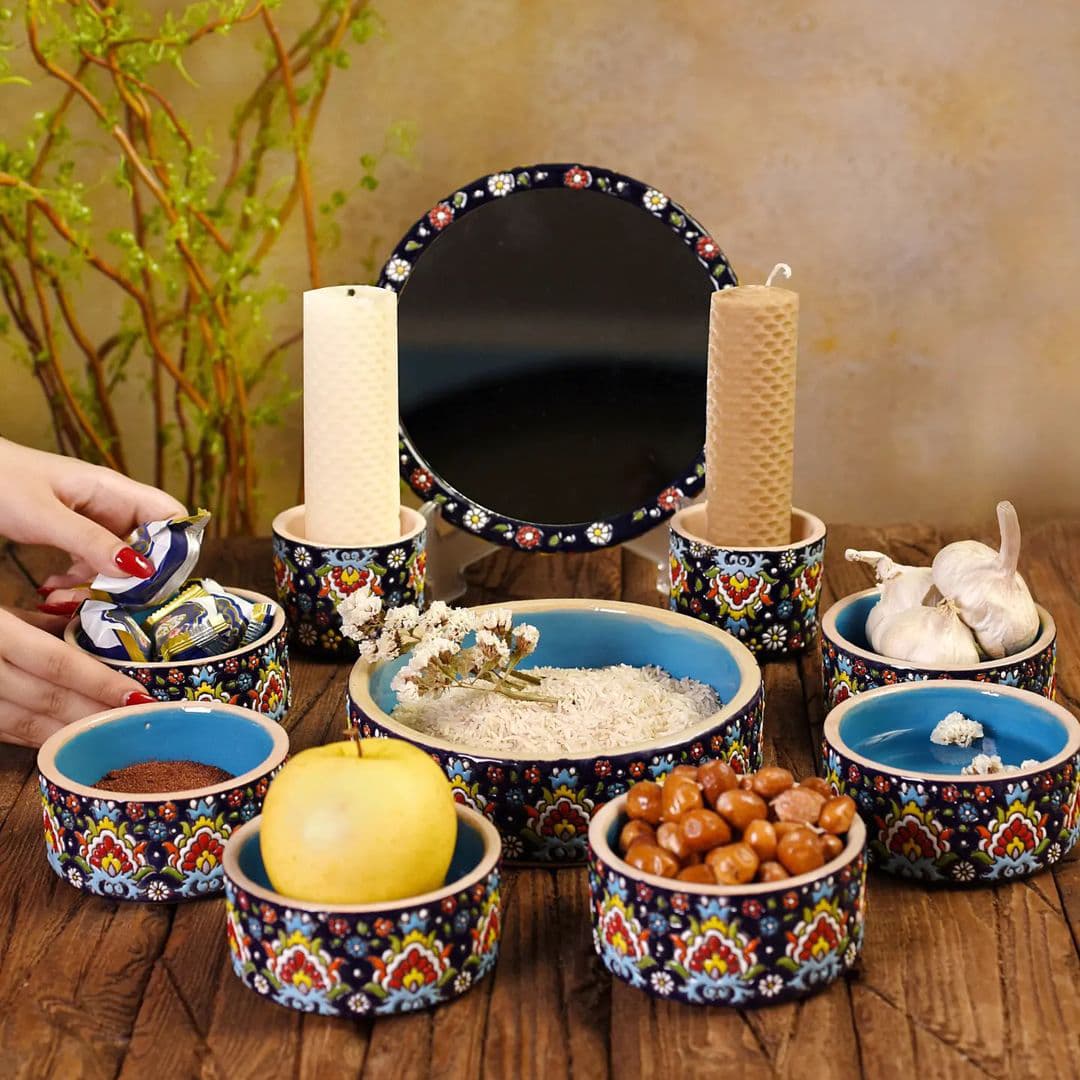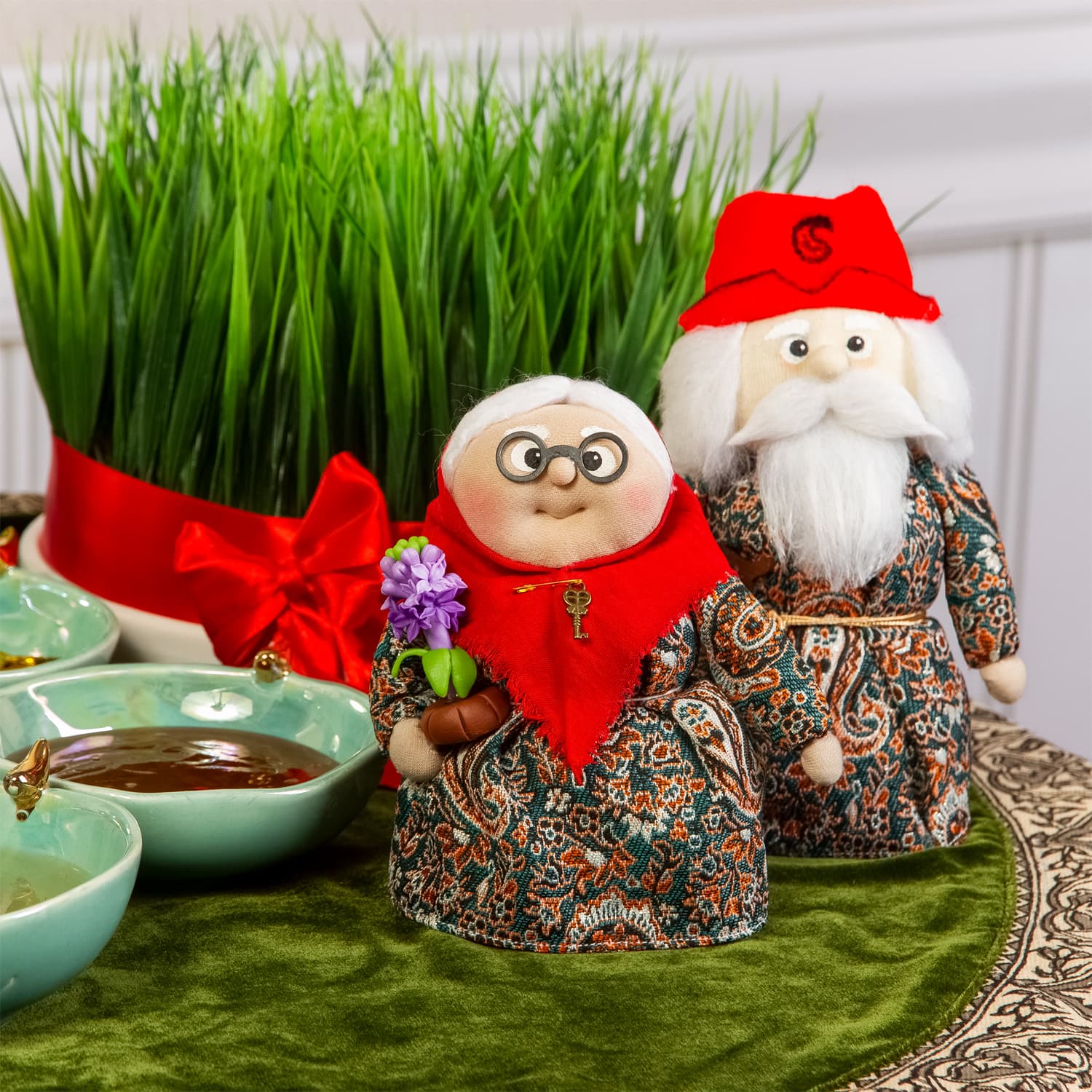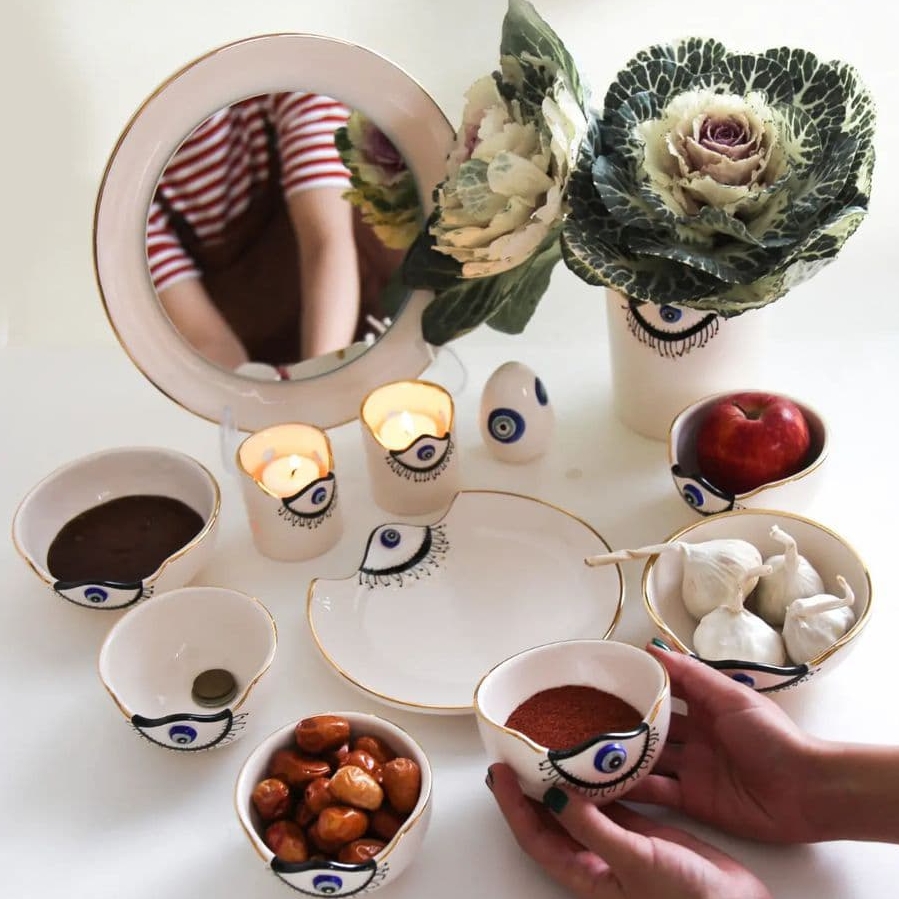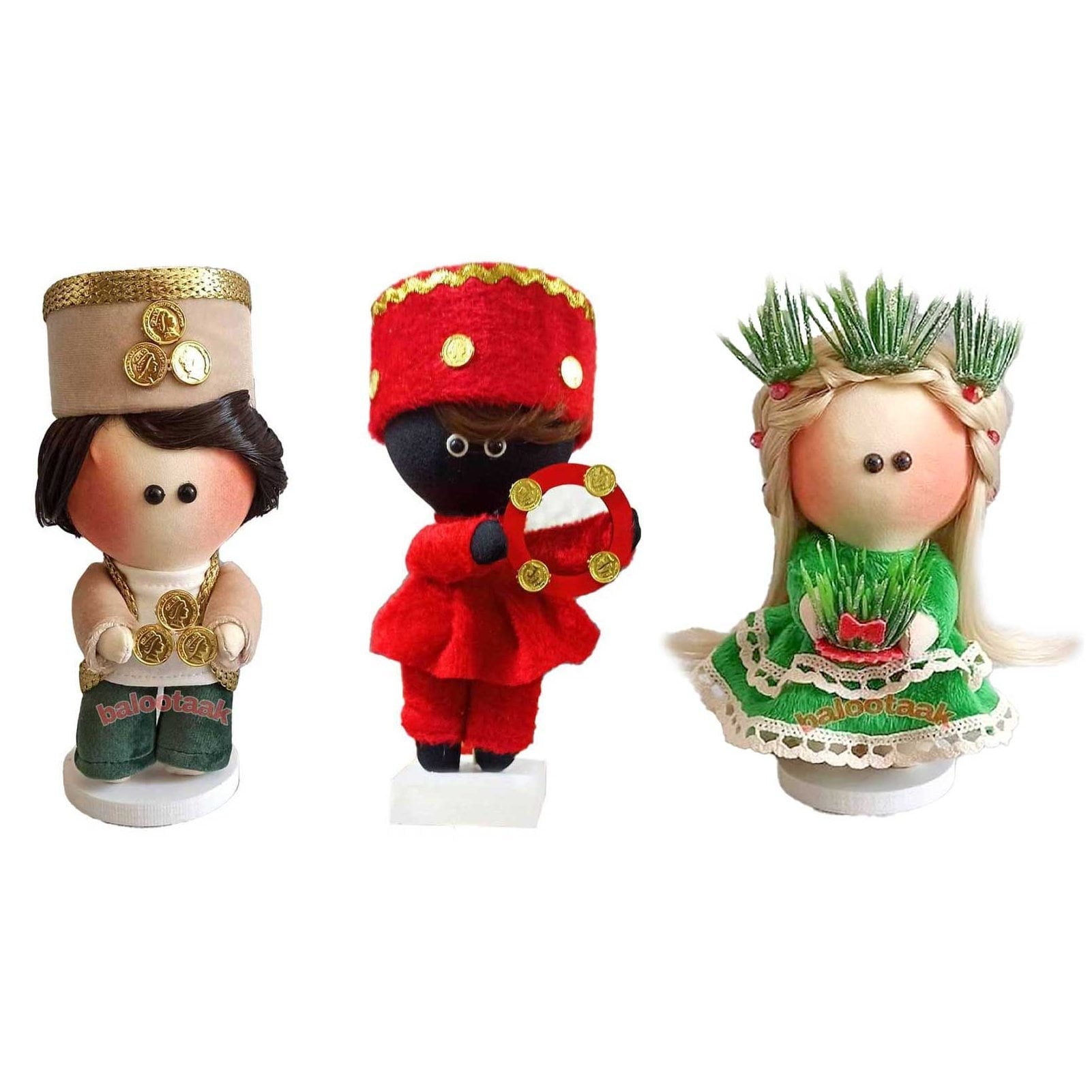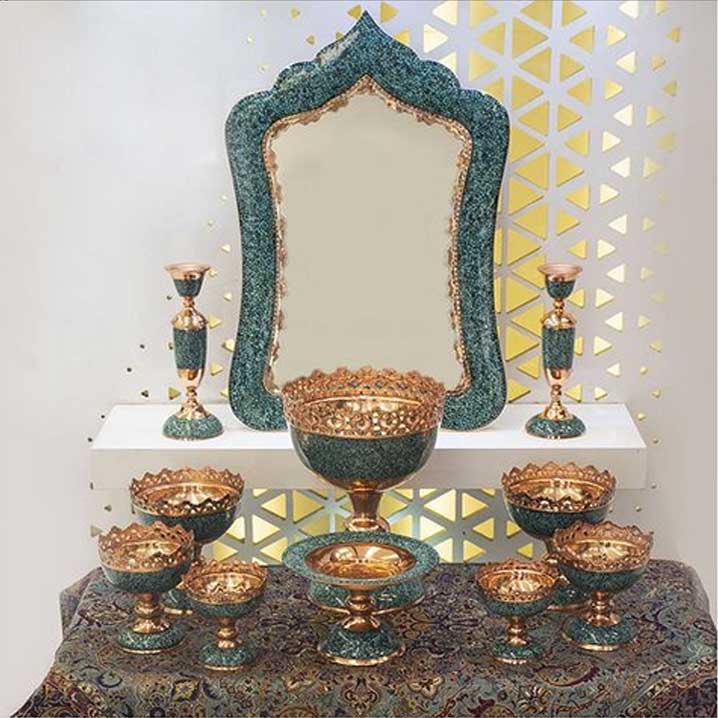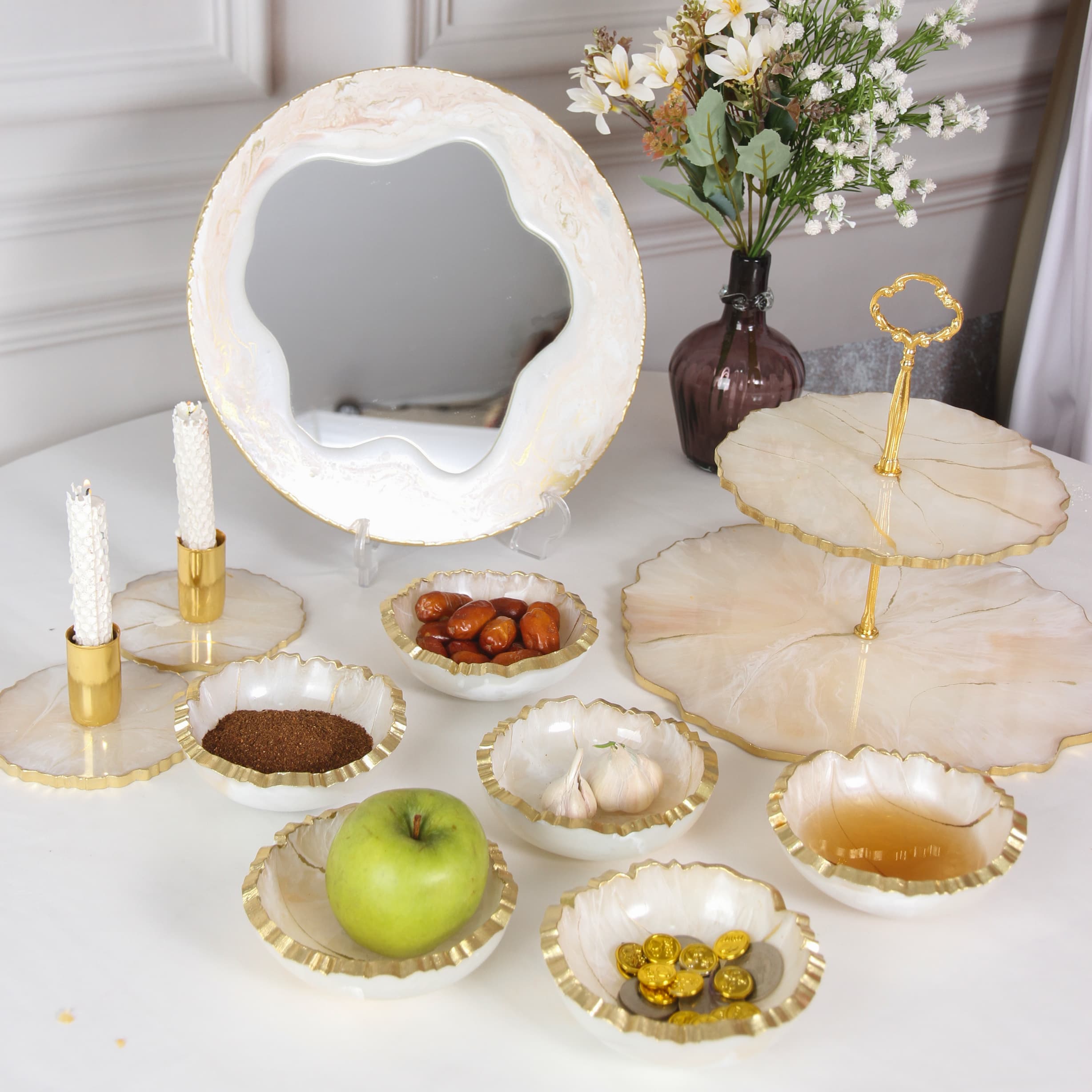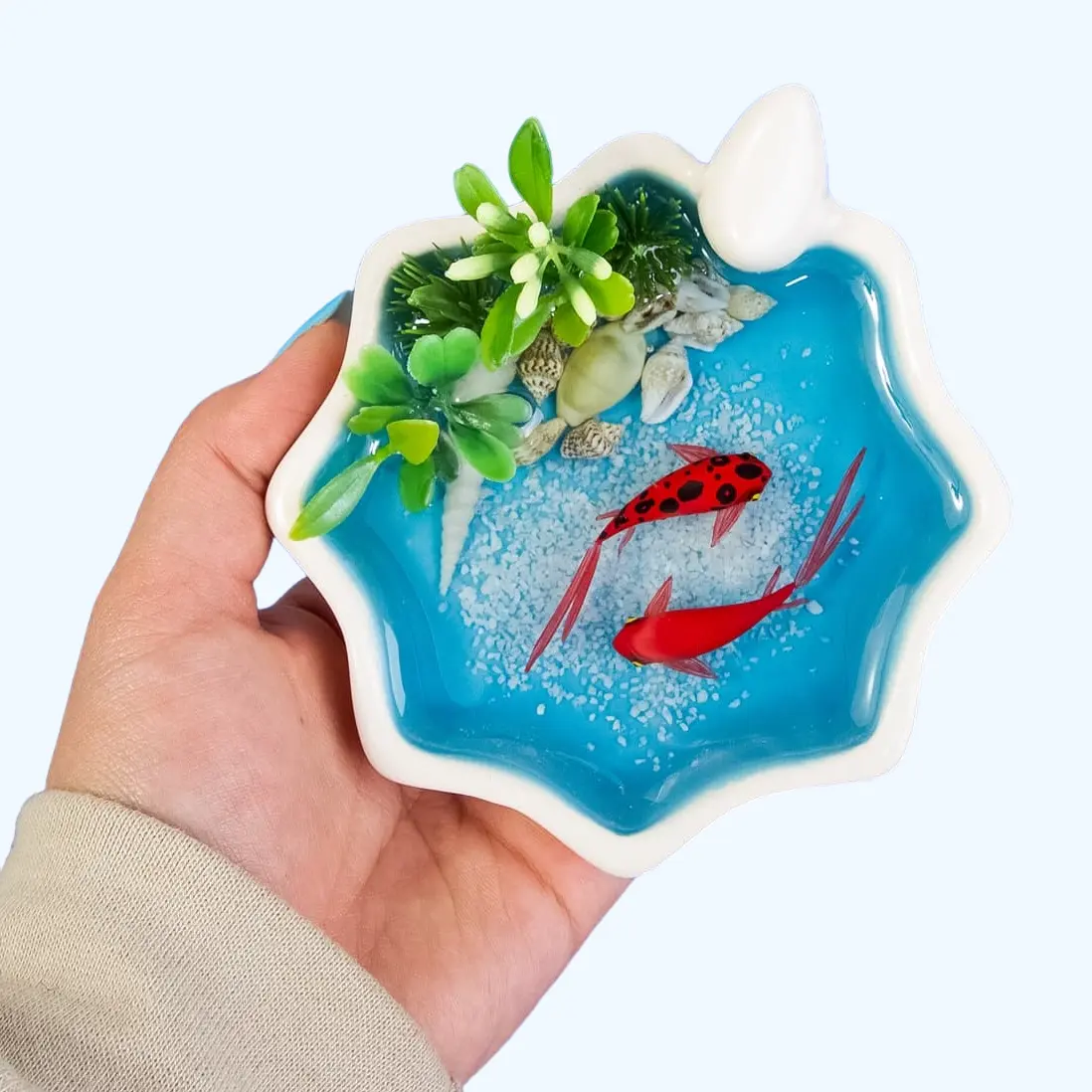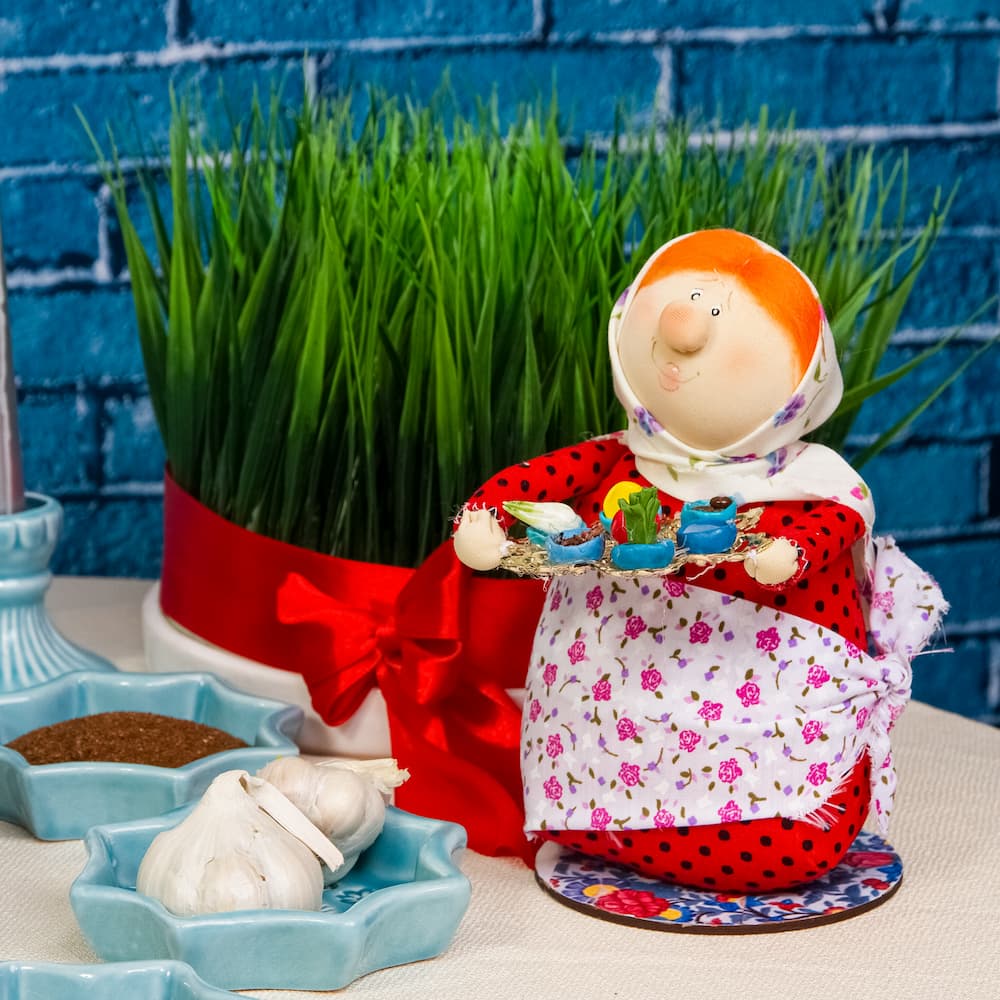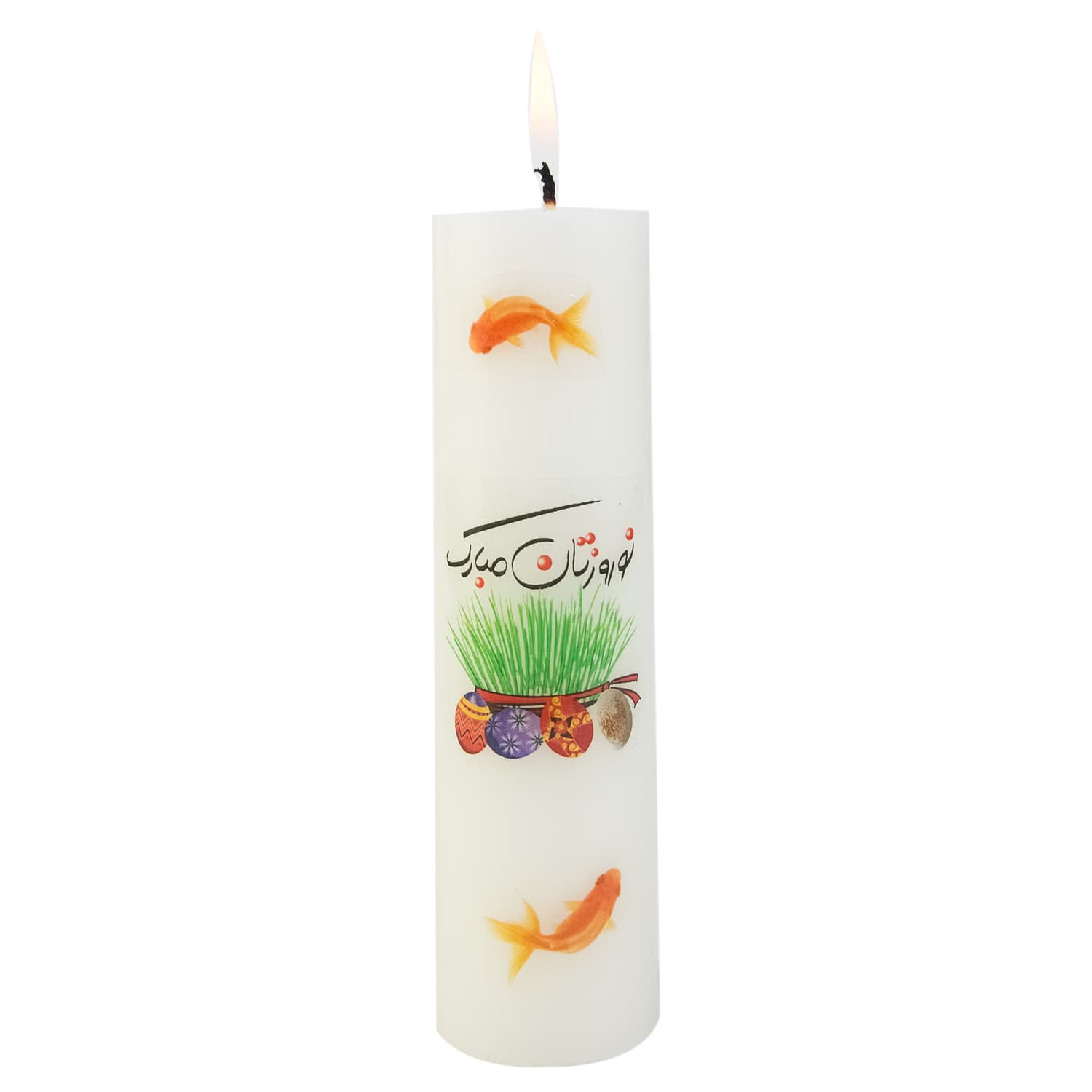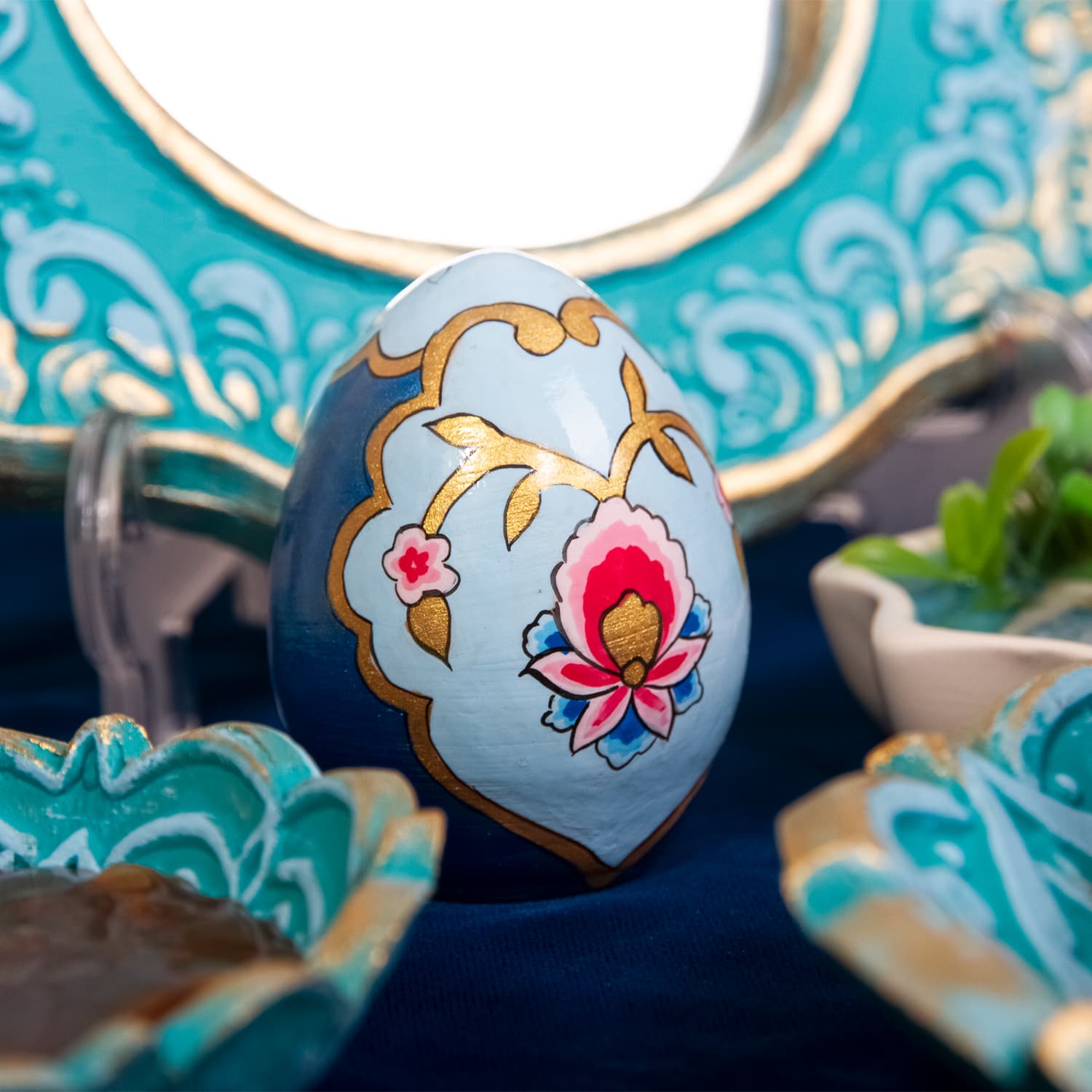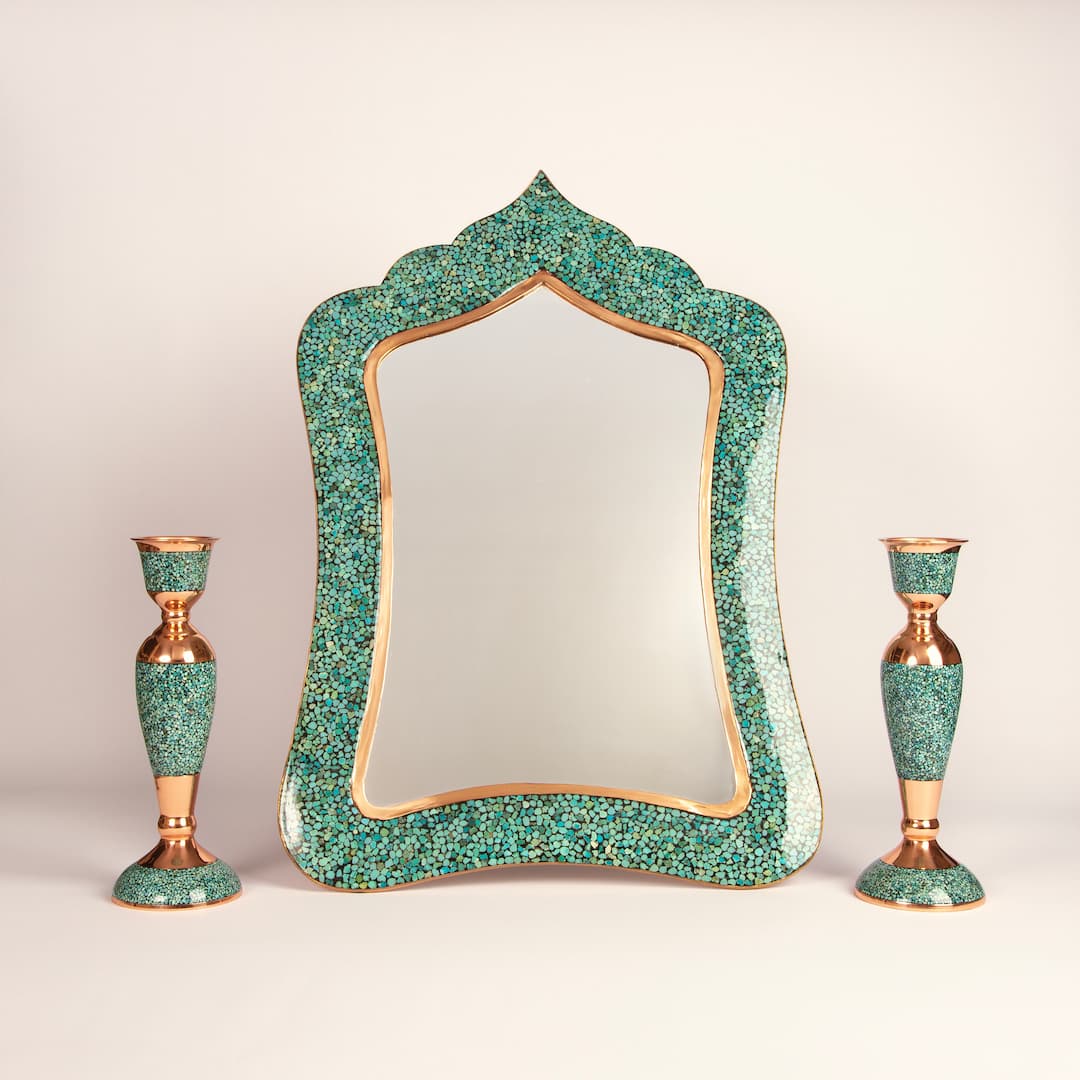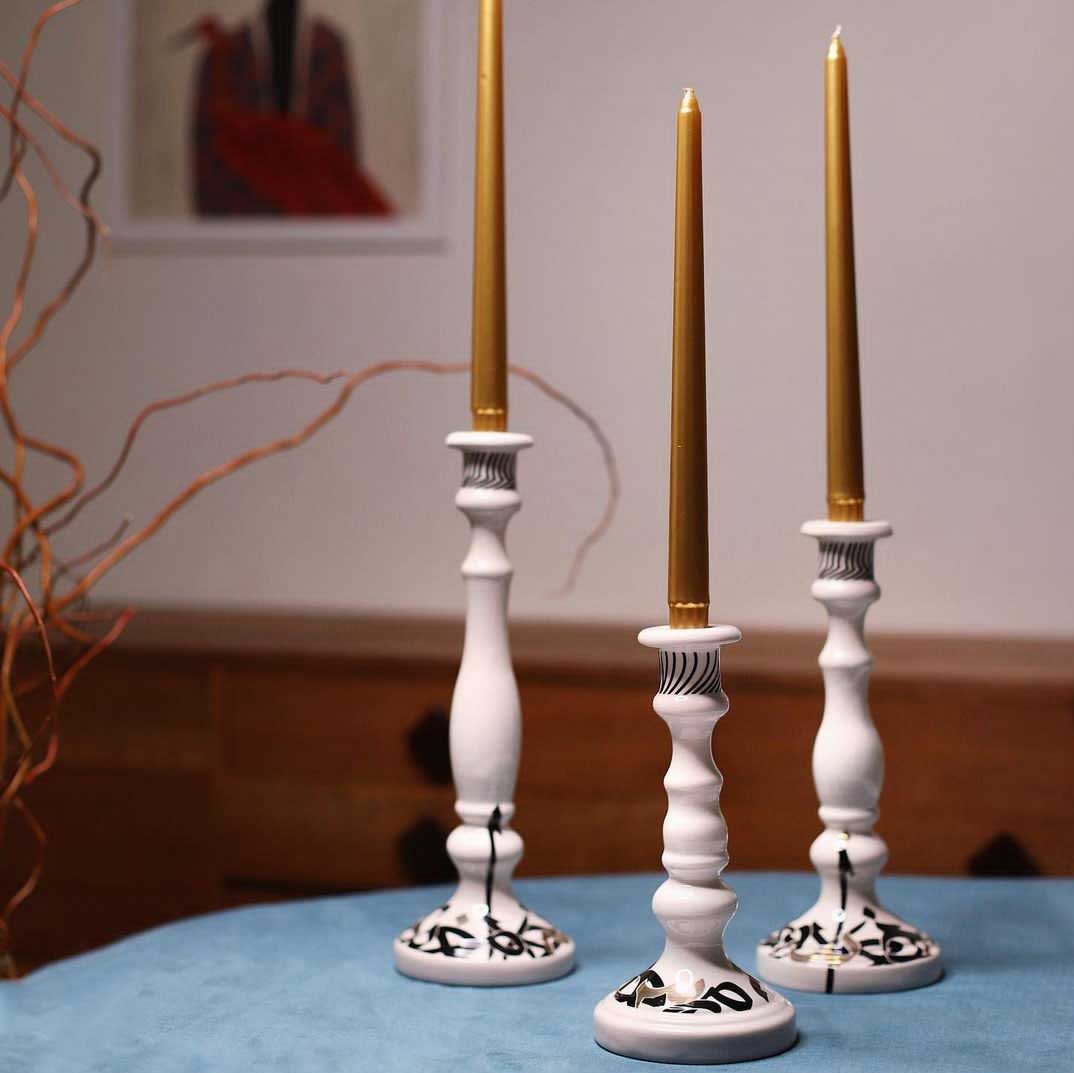Nowruz: A Celebration of Renewal, Tradition, and Joy
The Spirit of Nowruz: A Timeless Persian New Year Celebration
Nowruz (نوروز), the Persian New Year, is a festival that embodies the themes of renewal, prosperity, and the triumph of light over darkness. Rooted in ancient Zoroastrian traditions, Nowruz marks the arrival of spring and is celebrated by millions across Iran, Afghanistan, Tajikistan, Uzbekistan, Azerbaijan, and various other countries with Persian cultural influences. It is a time for family gatherings, joyful traditions, and vibrant celebrations that honor nature’s rebirth.
The significance of Nowruz extends beyond just marking the new year—it represents hope, rejuvenation, and the unity of loved ones. The festivities last for nearly two weeks, featuring an array of customs such as the setting of the Haft-Sin table, fire-jumping rituals, and preparing elaborate feasts that bring families together. For those celebrating abroad, Nowruz is also an opportunity to reconnect with their Persian heritage by embracing traditional decorations, foods, and customs that have been passed down for generations.
At Persis Collection, we honor the spirit of Nowruz by offering a wide range of authentic Persian products, including traditional Haft-Sin decorations, luxurious tableware, Nowruz gifts, and handcrafted items that capture the essence of this cherished holiday. Whether you’re looking for elegant Nowruz table essentials or unique Amu Nowruz figurines, our collection ensures that you can celebrate the Persian New Year with authenticity and style.
Nowruz Traditions: From Ancient Rituals to Modern Celebrations
The Nowruz Table: The Heart of the Celebration
One of the most iconic and symbolic aspects of Nowruz (نوروز) is the Haft-Sin table, which features seven items starting with the Persian letter “S” (س). Each of these elements holds deep meaning, representing different aspects of life, health, and prosperity:
- Senjed (dried oleaster fruit) – Symbolizing wisdom and love
- Sib (apple) – A representation of beauty and health
- Samanu (sweet wheat pudding) – Signifying strength and fertility
- Sir (garlic) – Associated with protection and good health
- Sabzeh (sprouted greens) – Symbolizing growth and renewal
- Serkeh (vinegar) – Representing patience and wisdom
- Somāq (sumac berries) – A symbol of the sunrise and the triumph of good over evil
Alongside these seven elements, many Nowruz tables also include a mirror (reflecting the past and future), candles (symbolizing light and enlightenment), painted eggs (representing fertility), and a book of wisdom (such as the Shahnameh or the Quran).
At Persis Collection, we provide a selection of handcrafted Haft-Sin items, from luxurious Persian-style trays to hand-painted ceramic bowls, ensuring that your Nowruz table is both traditional and elegant.
Amu Nowruz: The Persian Santa Claus
In Iranian folklore, Amu Nowruz is a legendary figure who symbolizes the arrival of the new year. Much like Santa Claus, he is depicted as an elderly man with a white beard, dressed in colorful traditional garments, bringing joy and good fortune to families. His role is deeply embedded in Persian culture, and children eagerly anticipate his symbolic arrival.
At Persis Collection, you can find beautiful Amu Nowruz figurines and decorations to add a touch of tradition and magic to your celebrations.
Chaharshanbe Suri: Jumping Over Fire for Good Fortune
One of the most exhilarating pre-Nowruz customs is Chaharshanbe Suri, celebrated on the last Tuesday night before Nowruz. Families and friends light bonfires and take turns jumping over the flames while reciting:
“Zardi man az to, sorkhi to az man”
(My paleness to you, your warmth and energy to me.)
This ritual symbolizes purification—releasing the past year’s misfortunes and embracing the new year with renewed energy and positivity.
Nowruz Cuisine: Traditional Dishes That Define the Celebration
Sabzi Polo ba Mahi: The New Year’s Eve Feast
No Nowruz celebration is complete without a lavish feast, and one of the most beloved dishes is Sabzi Polo ba Mahi. This aromatic dish consists of herb-infused rice served with fried or grilled fish, symbolizing prosperity and abundance.
Another staple of the Persian New Year is Kuku Sabzi, a flavorful herb omelet that is both nutritious and delicious. These dishes are not only a feast for the taste buds but also deeply tied to Nowruz traditions.
Samanu: A Sweet Symbol of Strength and Blessings
A cherished part of the Haft-Sin table, Samanu is a naturally sweet wheat pudding made from sprouted wheat. It is a labor of love, often prepared in a communal setting with singing and storytelling, reinforcing themes of unity, love, and prosperity.
At Persis Collection, we offer an exquisite selection of Persian tableware, Nowruz-themed serving dishes, and beautifully designed kitchen essentials to make your Nowruz feast truly special.
Nowruz FAQs:
- What is Nowruz and why is it important?
Nowruz (نوروز) is the Persian New Year, celebrated on the first day of spring. It symbolizes renewal, prosperity, and the rebirth of nature. With roots in Zoroastrian traditions, it has been observed for over 3,000 years in Iran and other countries with Persian cultural influence. - How is Nowruz celebrated?
Nowruz lasts 13 days and includes spring cleaning, setting up the Haft-Sin table, fire-jumping (Chaharshanbe Suri), visiting loved ones, and enjoying traditional meals. The celebrations end with Sizdah Bedar, a day spent outdoors to welcome good fortune. - What is the Haft-Sin table?
The Haft-Sin table features seven symbolic items that start with the Persian letter “S,” representing health, wisdom, and renewal. Families also add candles, a mirror, a goldfish, and a book of poetry or faith. - Who is Amu Nowruz?
Amu Nowruz is a folklore figure similar to Santa Claus. He brings joy and blessings to families and symbolizes the arrival of spring. - What foods are eaten during Nowruz?
Traditional dishes include Sabzi Polo ba Mahi (herbed rice with fish), Kuku Sabzi (herb omelet), and Samanu (sweet wheat pudding), each symbolizing health, prosperity, and strength. - How long does Nowruz last?
Nowruz lasts 13 days and ends with Sizdah Bedar when families spend the day outdoors to ward off bad luck. - What is Chaharshanbe Suri?
A fire-jumping festival before Nowruz, symbolizing letting go of bad energy and welcoming the new year with positivity and renewal. - How is Nowruz celebrated outside Iran?
Persians abroad celebrate by setting up Haft-Sin tables, preparing festive meals, and attending cultural gatherings to stay connected to their heritage. - Where can I buy Nowruz decorations and gifts?
At Persis Collection, we offer Haft-Sin sets, Amu Nowruz figurines, Persian tableware, and festive gifts with worldwide delivery. - Does Persis Collection ship Nowruz products internationally?
Yes! We provide global shipping, ensuring that you can celebrate Nowruz (نوروز) anywhere in the world with authentic Persian decorations and gifts.






